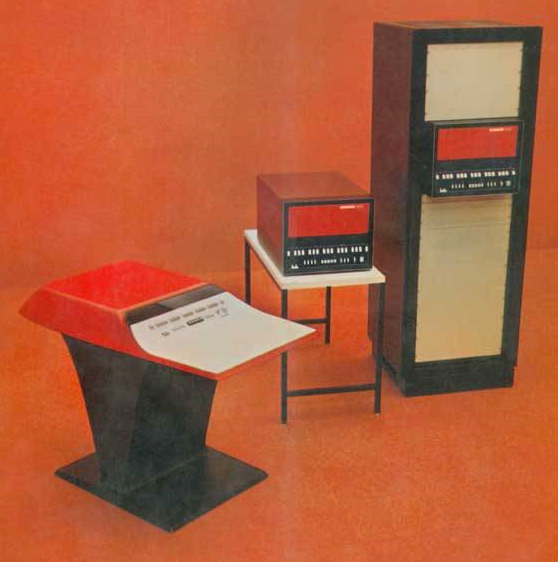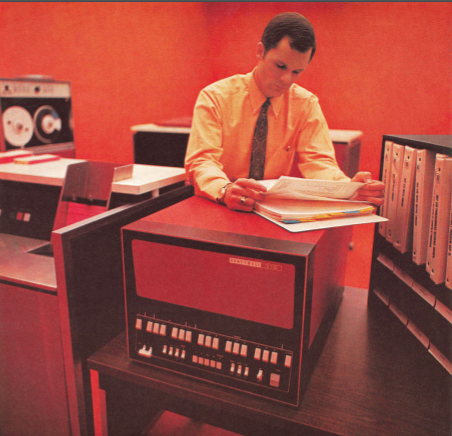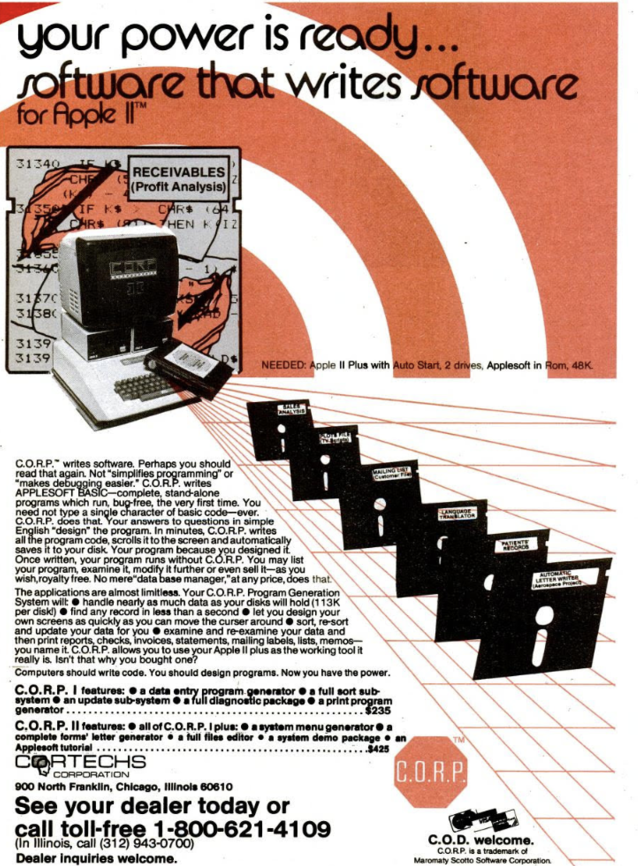|
This is a picture of a Honeywell 1640 series Time-Sharing Computer that is very similar to the Honeywell 1646 computer that my high school acquired from Airborne Instrument Laboratories that was located on Long Island, New York.
Each 1640 series machine was composed of two 316 modules.
I learned how to program this computer using FORTRAN IV, XBASIC (eXtended BASIC) and DAP Mod 16 Assembly Language. By the time I graduated high school, I think that I was a pretty darn good programmer.
Soon after I graduated, I got a call from Albert (Al) Cavallaro who was the chairman of the mathematics department. I was offered a job as the computer operator for this machine. Later on, I became the director of computers for the entire school district.
These computers (Honeywell 316 and 516 modules in particular) were used as IMP's (Interface Message Processors) for ARPANET (Advanced Research Projects Agency Network) which was created by the Department of Defense. ARPANET became the basis for the internet as we know it today.
They were way ahead of their time. This machine could handle 32 users concurrently in only 32 KB of memory. It used magnetic core memory, 16 KB of which was available for user memory and it ran at a clock speed of 2.5 MHz.
The CPU (Central Processing Unit) was composed of individual circuit boards with discrete integrated circuits and support components. These circuit boards were called uPACs (Micro Packs) that were plugged into individual slots.
The connections on the back of the slots were wire-wrapped to a backplane. This computer was built in 1969 which was well before the day of microprocessors - where a single chip operated as an ALCU (Arithmetic Logic/Control Unit).
|





